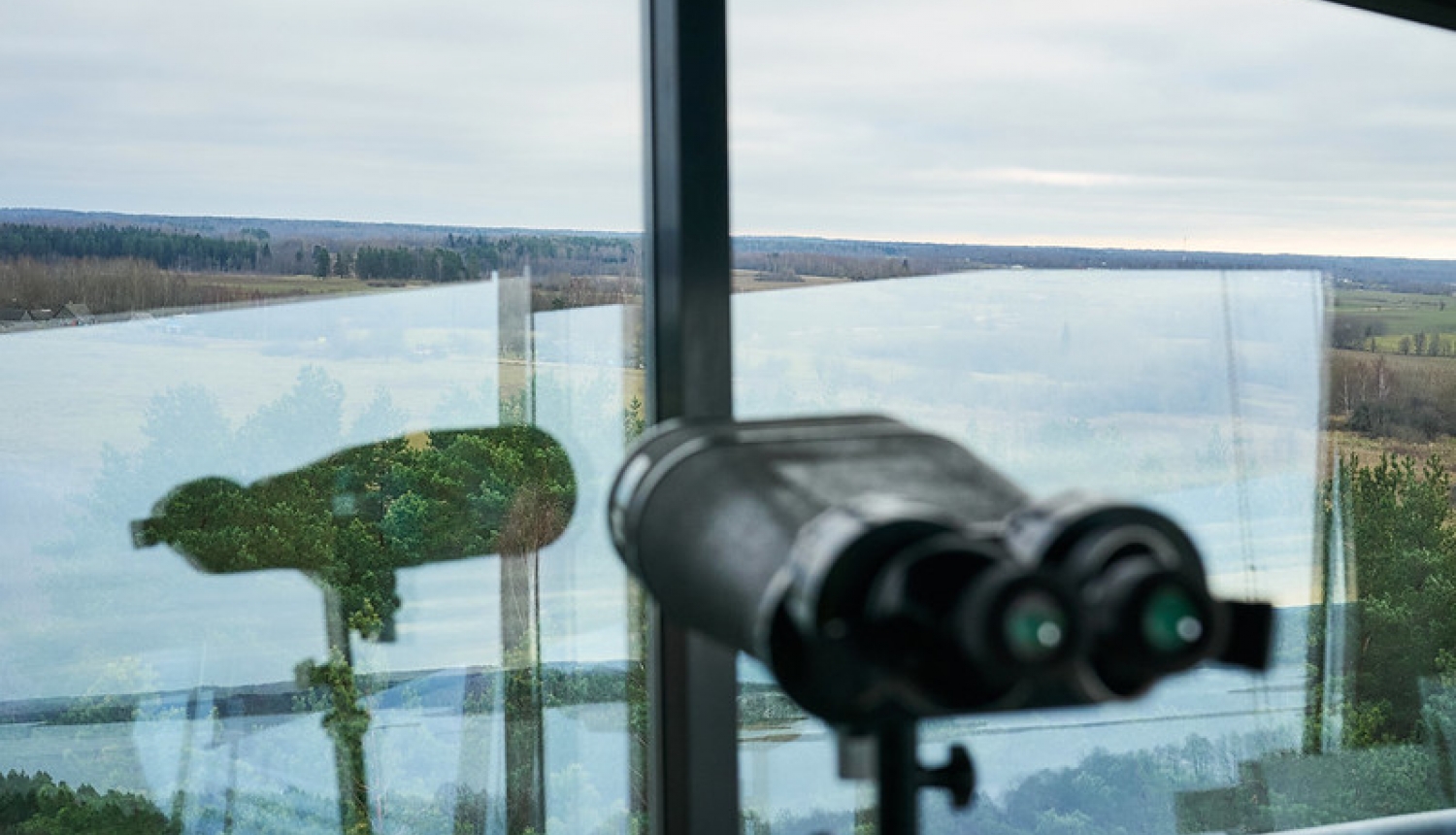On Tuesday 5 March, the Cabinet of Ministers approved the Eastern Border Military Strengthening and Anti-Mobility Plan.
The Eastern Border Military Strengthening and Anti-Mobility Plan is part of the Baltic Defence Line, which will include the establishment of support points for National Armed Force units along the entire Russia-Belarus border - defence positions for soldiers and fortified defence positions, various obstacles, anti-tank ditches, ammunition and mine depots.
The defence sector will continue practical work on strengthening the eastern border from March this year, investing EUR 303 million over the next five years.
In order to prevent movement of enemy, border strengthening in Latvia will start with the excavation of existing roads to create anti-tank ditches, while later drainage ditches along the border will also be transformed into anti-tank ditches.
Various types of barriers will be deployed, such as reinforcement of anti-tank ditches with concrete blocks and structures such as 'dragon's teeth' and anti-tank mines. The placement of obstacles will also be adapted to the terrain, using natural obstacles such as marshes, forests and other natural objects.
At the same time, secure storage facilities for explosives, mines and engineering material will be identified and established in the border area for rapid reinforcement of defensive positions. Plans will also be developed to prepare the most important transport arteries - roads, railways, bridges - for rapid and effective crossing to delay possible enemy advances.
It has already been reported that in January this year the Defence Ministers of Latvia, Lithuania and Estonia signed an agreement on the establishment of the Baltic Line of Defence to strengthen the eastern border of the Baltic States and NATO. The Baltic Defence Line will be built in a coordinated way, but each country will do it through its own budget.
The Baltic Defence Line will significantly improve the defence capabilities of the Baltic States and prevent Russia from launching rapid military operations. The construction of the Line is part of NATO's defence plans.



